
Sarah Parker Remond: Citizen Diplomacy and the Emancipation Proclamation as Foreign Policy
When the Civil War erupted in April of 1861, President Abraham Lincoln and Secretary of State William Seward’s official reason for the war was to preserve the union of states, not abolish slavery. In the end, emancipation did in fact become a war objective.
What changed? How did the Emancipation Proclamation affect European nations’ refusal to acknowledge the Confederacy as an independent nation? And how did a Black American citizen diplomat, Sarah Parker Remond, influence British textile workers to support the cause of abolition during the war?
U.S. Citizen Diplomats Travel the World Calling for the End of Slavery

The Lincoln administration was reluctant to tie the war objectives to emancipation. Even though the Republican party had taken an official stance against the spread of slavery, and several members of Lincoln’s cabinet and the U.S. Congress were active abolitionists, the threat of secession remained from the border states of Maryland, Missouri, Kentucky, and Tennessee. Even in the nation’s capital, Washington, D.C., the institution of slavery was legal.
Secretary Seward, himself an abolitionist, worried that fighting for emancipation would cause European nations to recognize the Confederate States of America.
However, American abolitionists had been speaking for several years to foreign audiences about the horrors the enslaved endured in the “slave states.”
As citizen diplomats, Americans who engaged in activism were not speaking for the United States government. But, they encouraged their international audiences to lobby their own governments to put pressure on the United States.
Their message resonated widely–especially with people who worked in British textile mills handling cotton that had been produced from enslaved labor.
Sarah Parker Remond: Citizen Diplomat
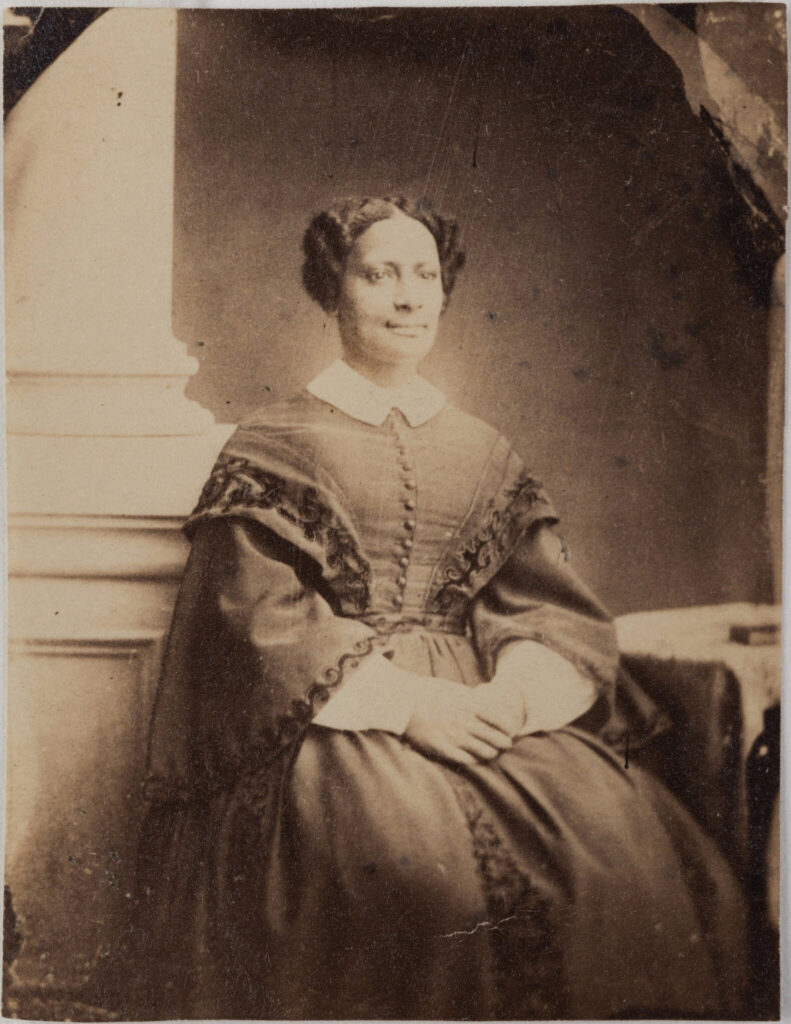
Sarah Parker Remond, a Black female abolitionist, spoke passionately to audiences throughout Great Britain about how they could advocate for abolition.
Beginning in 1858, Remond traveled through Ireland, Scotland, and England. She largely directed her arguments to working-class women and girls. Remond appealed to their shared sense of womanhood and motherhood. She did not shy from being candid about how enslaved women were subjected to sexual assault and could have their children torn from them.

“If English women and English wives knew the unspeakable horrors to which their sex were exposed on the southern plantation, they would freight every westward gale with the voice of their moral indignation, and demand for the Black woman the protection and rights enjoyed by the white.”
– Sarah Parker Remond, 1859
Remond drew crowds in the thousands. In 1859, she suggested that the English textile workers’ labor was a symbol of support of American slavery.
“When I walk through the streets of Manchester and meet load after load of cotton,” she told the mill workers, “I think of those 80,000 cotton plantations on which was grown the $125 million worth of cotton which supply your market, and I remember that not one cent of that money ever reached the hands of the laborers.”
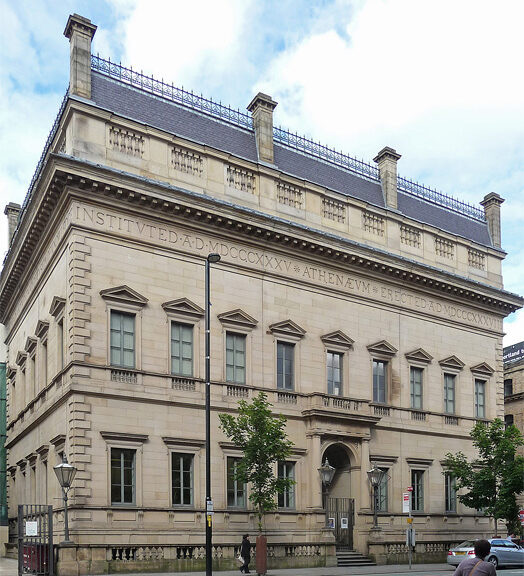
The Emancipation Proclamation: New Guidance for Diplomats on the Ground
The effects of Remond and other American abolitionists’ advocacy were clear after Lincoln and Seward announced to the world the text of the Emancipation Proclamation.
The Battle of Antietam in September of 1862 provided Lincoln with the military win that the United States needed to show global powers. This win showed the world that tying emancipation to the war goals of preserving the union of states was feasible.
Seward sent out a dispatch to all U.S. diplomats instructing them to inform their foreign counterparts that “it is the Union, and not slavery, that must be maintained and preserved.” Further, he advised the diplomats to remind foreign government officials that the United States would remember which nations were “most just” and that the U.S. would not hesitate to take military action against those countries which chose “bondage over freedom.”
Additionally, Lincoln and Seward had taken official action to demonstrate the clear delineation between the Confederacy’s determination to protect and expand enslavement with the United States’s moves to destroy it and expand citizenship for Black Americans. Black citizens were issued passports. The United States extended full diplomatic recognition of the Black republics Haiti and Liberia in 1862 and sent official U.S. envoys. The Administration ended slavery in the District of Columbia through compensated emancipation to enslavers. Finally, the United States negotiated the Seward-Lyons agreement with Great Britain, which sanctioned mutual search of ships of suspected slave traders sailing under U.S. and British flags.
U.S. Citizens Thank British Textile Workers for Their Solidarity Against Slavery
In England, where Remond had spoken with such passion, cotton textile workers were suffering extreme hardships.
The United States’ blockade of southern ports limited Great Britain’s ability to import raw cotton. By 1862, around the time of the Emancipation Proclamation, sixty percent of Lancashire mills had shut down, leaving scores of workers without pay. As the British government debated whether or not to recognize the Confederacy in the face of these severe financial losses in the “cotton famine,” the mill workers held firm in their conviction they would not choose slavery over profit.

As a result of their solidarity against enslavement in the Confederacy, cotton textile mill workers found themselves unemployed and facing starvation. In early February 1863, and with Lincoln’s approval, grateful citizens of New York and Philadelphia sent a relief cargo of bacon, bread, rice, corn, and 15,000 barrels of flour on the George Griswold to 4,000 citizens of Liverpool to thank them for their principled allyship.

By 1863, after the Emancipation Proclamation went into effect, Confederate hopes of British recognition were dashed. American abolitionists like Sarah Parker Remond had paved the way for public resistance to an alliance with the Confederacy’s existence predicated upon enslavement, nor would mill workers submit to the demands of mill owners.
Additionally, the U.S. Minister to Great Britain, Charles Francis Adams, continued to tell the British government that any recognition of the Confederacy, aid, or intervention would be seen as blocking the United States’ intent to forever abolish slavery. As a result of political and public pressure, the British government continued to maintain neutrality.
The Impact of the Emancipation Proclamation in France
In 1861, Napoleon III of France joined Great Britain and declared neutrality when the Civil War broke out. However, the French people were strongly antislavery.
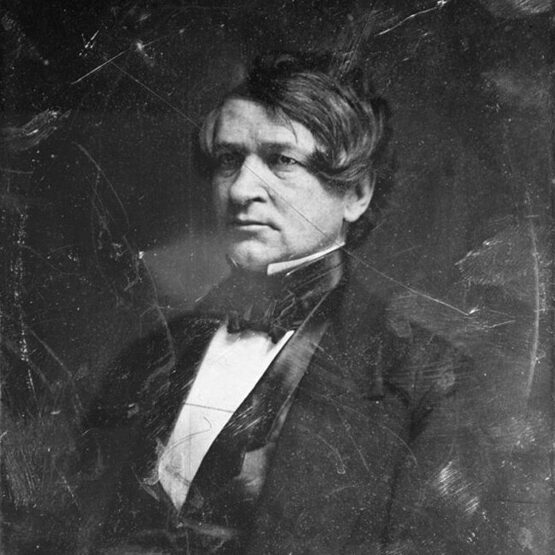

After the announcement of the Emancipation Proclamation in the fall of 1862, hundreds of French clergy circulated a petition to present to Napoleon stating that the notion of an independent Confederate States of America was a “revolting spectacle,” as the enslavement of human beings was the “cornerstone of its constitution.”
Despite this, correspondence between French diplomats and Napoleon’s government indicates they believed the northern states were the aggressors with an aim of controlling the southern agricultural trade. Additionally, Napoleon had grand schemes of a Latin American French empire centered on controlling Mexico. He considered an alliance with the Confederacy of strategic importance as a buffer from the northern United States.
Republican loyalist William Dayton served as U.S. Minister to France from 1861 until his death. His mission, like his other European counterparts, was to keep France from recognizing the Confederacy. Equally as important, Dayton worked to prevent the French from assisting the Confederacy militarily.
When he found out that a Confederate diplomat, John Slidell, had made an agreement with Lucien Arman, France’s largest shipbuilder, to build and deliver armed ships to the Confederacy, Dayton sent furious written protests to the French Foreign Minister, Edouard Drouyn, demanding the French government stop the arms deal. Dayton’s tactics eventually worked; the government revoked Arman’s ability to arm the ships and in 1864 directed him to sell the ships to other neutral nations.
A nephew of Napoleon I, Napoleon III sought to extend France’s empire and global influence. Relations between France and the United States during his reign were cordial but competitive–particularly in the Latin American and Caribbean trade. While France had abolished slavery throughout the empire in 1848, it sought to formalize exploitative colonization. Napoleon III found slavery “distasteful,” but it did not change the direction of France’s foreign policy objectives.
The U.S. Minister to France, William Dayton, reported back to Washington in 1863 that emancipation had not had the desired diplomatic effect. Napoleon’s decision to continue neutrality was based on the overextension of the French military in Mexico and the concern of war with the United States.
The Impact of the Emancipation Proclamation in Russia
Czar Alexander II was the strongest European ally of the United States and never contemplated recognizing Confederate independence. He committed to declaring war on Great Britain and France if they recognized the Confederacy and sent the Russian Baltic Fleet and Far East Fleet in the event the United States required military assistance. Alexander also relied on the U.S.-Russian relationship to counter British territorial ambitions in the Pacific Northwest.
The U.S. diplomat in Russia at this time was Cassius Clay. Before his appointment as U.S. Minister to Russia in 1861, Cassius Clay founded an antislavery newspaper, True American, and was active in Republican politics. At the beginning of the war, he lobbied Lincoln to state emancipation was a war objective, that the United States must adopt “a higher tone of principle–Liberty for ourselves–Liberty for the slave, in all the rebel states.”
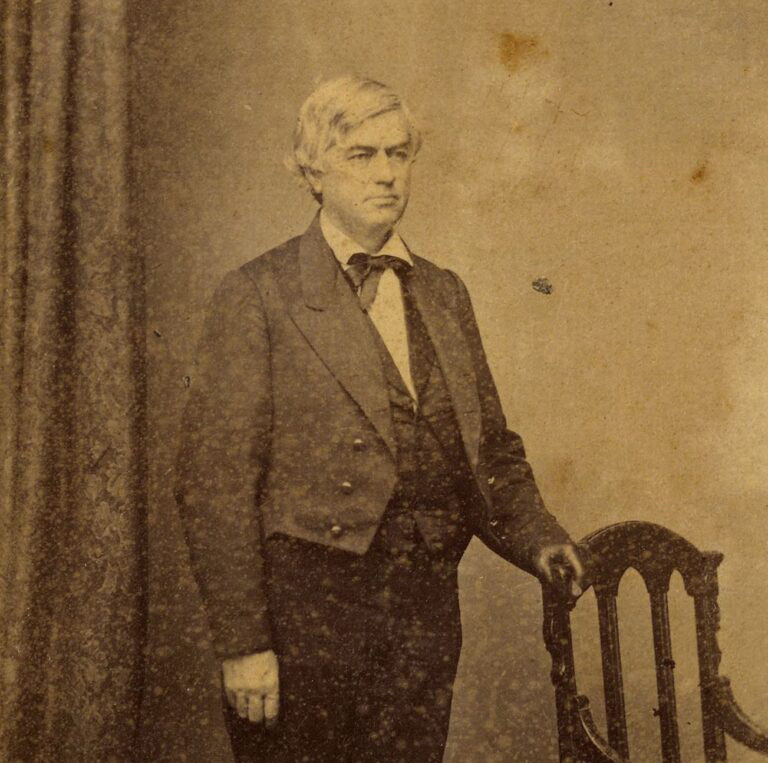
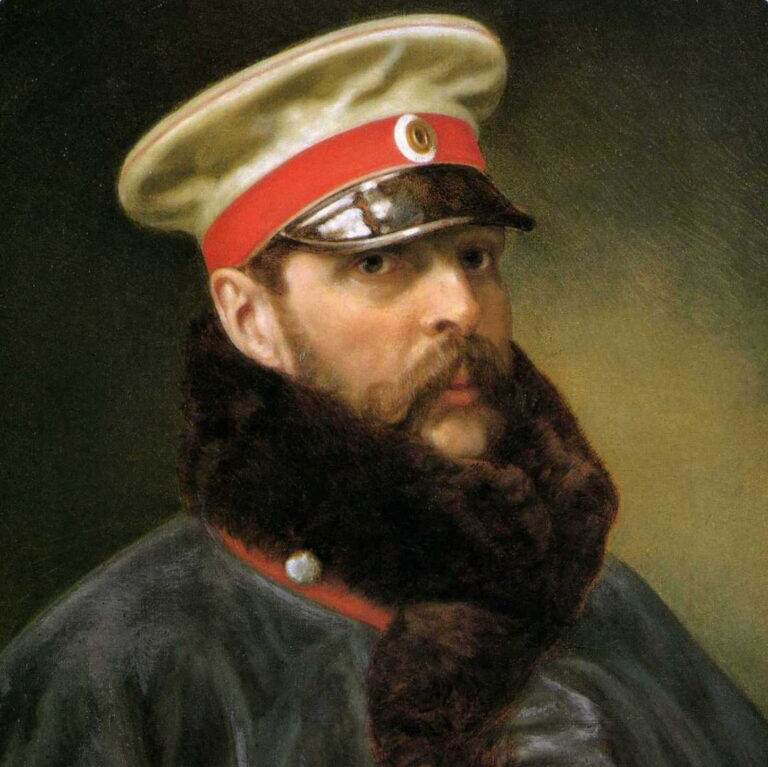
The Impact of the Emancipation Proclamation in Spain
In 1861, the Spanish Empire profited greatly from enslaved labor in Cuba and Puerto Rico. While it had official diplomatic relations with the United States dating back to the American Revolutionary War, Spain quickly viewed the United States as a threat to its empire in the Western Hemisphere. Confederate diplomats seized on what they considered commonalities between the Spanish empire and the ambitions of the Confederate States, but they were unable to achieve recognition or a formal alliance.
Lincoln dispatched two German-born diplomats, Carl Schurz and Gustav Koerner, to Spain to advocate for the United States. Both diplomats were strongly anti-slavery. Schurz, in particular, was critical of Lincoln’s failure to immediately point out slavery as the main cause of the war. In a letter to Secretary Seward, he complained this foreign policy blunder had “stripped our cause of its peculiar moral force.”
After the Emancipation Proclamation was announced, Koerner is credited with persuading the Spanish government it would not be in its best interests to ally itself with the Confederacy–as the British surely would never acknowledge the Confederacy after emancipation became a war objective and could potentially interfere with Spain’s interests in the Western Hemisphere.
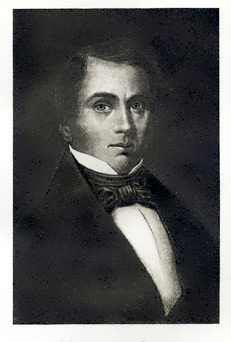
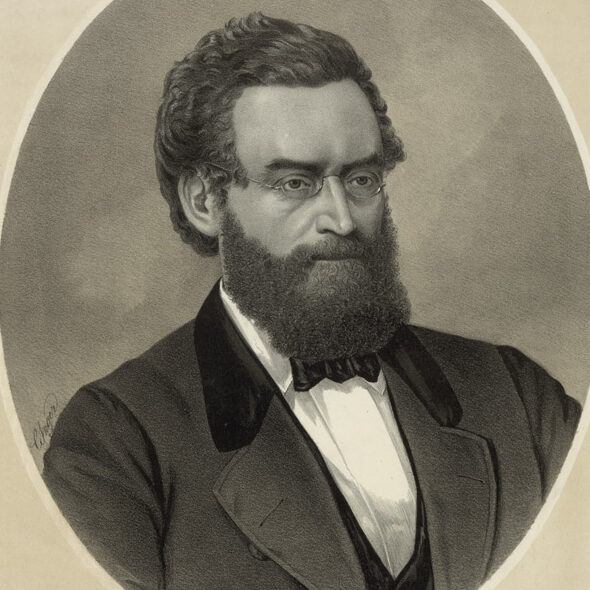
Sources
U.S. Department of State Office of the Historian
Christopher Teal, “The Emancipation and U.S. Foreign Policy,” American Diplomacy (Jan. 2013).
Christine Kinealy, Black Abolitionists in Ireland (New York & London: Routledge Publishing, 2020).
Joseph A. Fry, Lincoln, Seward, and U.S. Foreign Relations in the Civil War Era (Lexington, KY: The University Press of Kentucky, 2019).
Howard Jones, Abraham Lincoln and a New Birth of Freedom: The Union and Slavery in the Diplomacy of the Civil War (Lincoln, NE: University of Nebraska Press, 2002).
Howard Jones, Blue and Grey Diplomacy: A History of Union and Confederate Foreign Relations (Chapel Hill: The University of North Carolina Press, 2010).
Sarah Parker Remond, IrishAmerica.com (September 2020).
Janice L. Sumler-Edmond, “Sarah Parker Remond, a Colored Lady Lecturer at Home and Abroad,” Women and Social Movements in the U.S., 1600-2000 (September 2014). Online Database
Norman E. Saul, Distant Friends: The United States and Russia, 1763-1867: (Lawrence, KS: 1991).
Shirley J. Yee, Black Women Abolitionists: A Study in Activism, 1828-1860 (Knoxville, TN: The University of Tennessee Press, 1992).
Sirpa Salenius, An Abolitionist Author Abroad: Sarah Parker Remond in Cosmopolitan Europe (Amherst, MA: University of Massachusetts Press, 2016).
Steve Sainlaude, France and the American Civil War (Chapel Hill, NC: The University of North Carolina Press, 2019).
Wayne H. Bowen, Spain and the American Civil War (Columbia, MO: The University of Missouri Press, 2011).